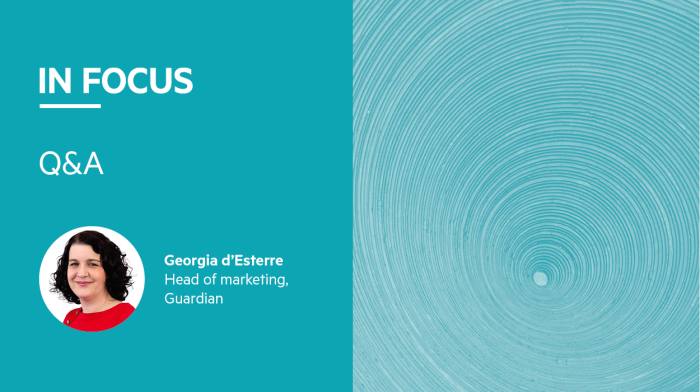
Georgia d’Esterre considers protection an area of financial services "which serves a real purpose", but when it comes to serving women, she says there is a lot more work to be done.
D’Esterre came to the protection industry five years ago with a background in wealth management, an idea of what critical illness cover was but no knowledge of income protection.
Once introduced to it, she says she "couldn’t get over it".
"I was like 'why doesn’t everyone know about this and have it?' It just seemed a no-brainer to me."
This month d’Esterre was appointed as head of marketing at protection provider Guardian, having recently joined the Women in Protection executive committee, a non-profit founded by industry veteran Emma Thomson, which seeks to raise awareness around the need for protection, especially among women.
D’Esterre talks to FTAdviser In Focus about what needs to happen to make protection a must-have product for both men and women.
FTA: You've just been appointed as head of marketing at Guardian. What are you going to tackle first in your new role?
GdE: Right now, I am busy getting up to speed with all the various projects that are running, as well as looking at things like
adviser marketing, sales collateral and how we launch our next campaign.
It’s important to me to recognise the amazing work that the Guardian marketing team, and the wider company, have already achieved, and for me to then build on this with the experience and skills that I bring with me.
Ultimately, I want everyone in the market and the public to know who Guardian is, what we do and more importantly, why we do it.
FTA: You are on the Women in Protection executive committee. What's your role there?
GdE: I am part of a five-strong executive committee, and I do whatever is needed! The Women in Protection network is a not-for-profit association that was founded by our chairwoman, Emma Thomson.
We run the network because we’re passionate about raising awareness around the need for protection, especially among women. We also want to encourage more women to start, and develop, careers in the protection industry.
FTA: Why is there a protection gap particularly among women? Is this true for all protection products?
GdE: There is a protection gap for many different reasons, some are historical, others are due to myths, lack of awareness, accessibility and affordability.
Historically a woman’s role in society has been very different to what it is today. But while women are now more likely to be working than in previous generations, when looking at heterosexual couples they are still less likely to be the main earner.
Households often end up prioritising the protection needs of the main earner, leaving the partner with insufficient cover should something happen to them. This ultimately has left women under-represented in many financial areas, particularly protection.





